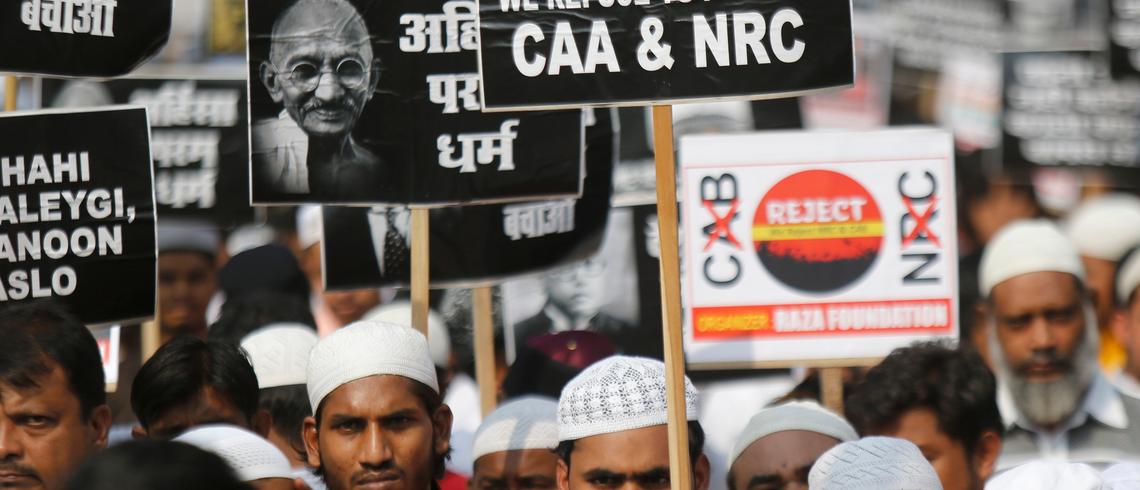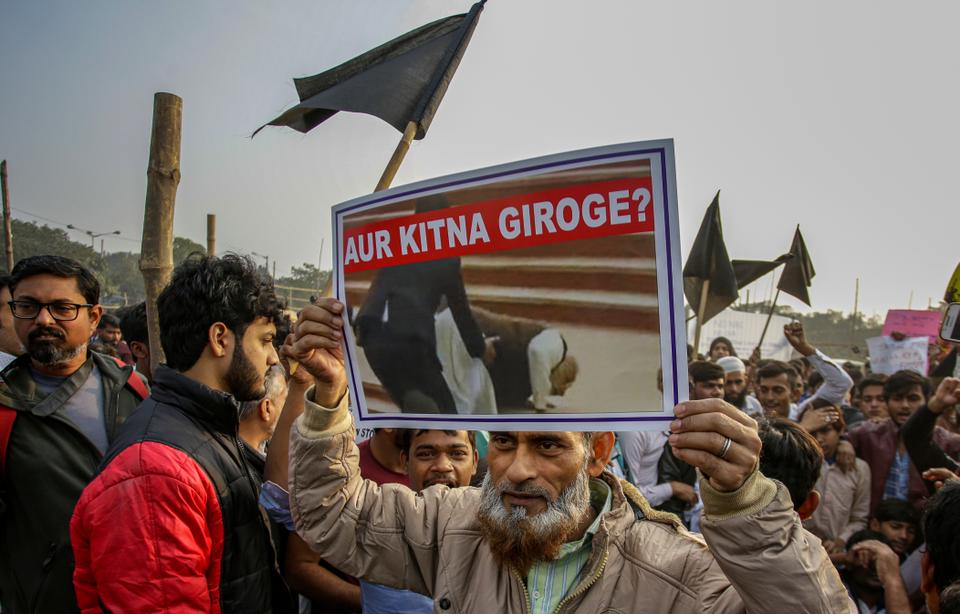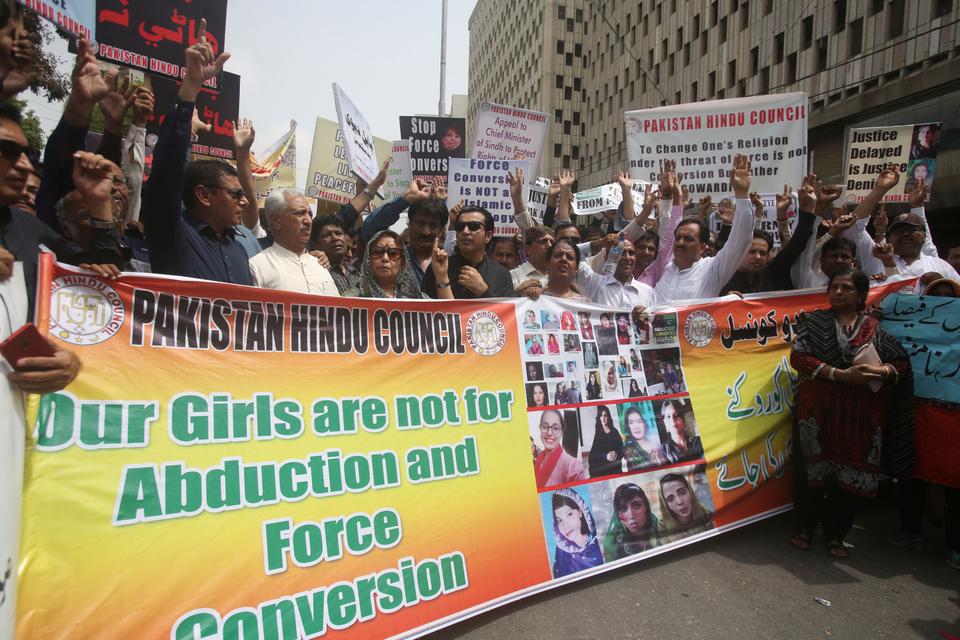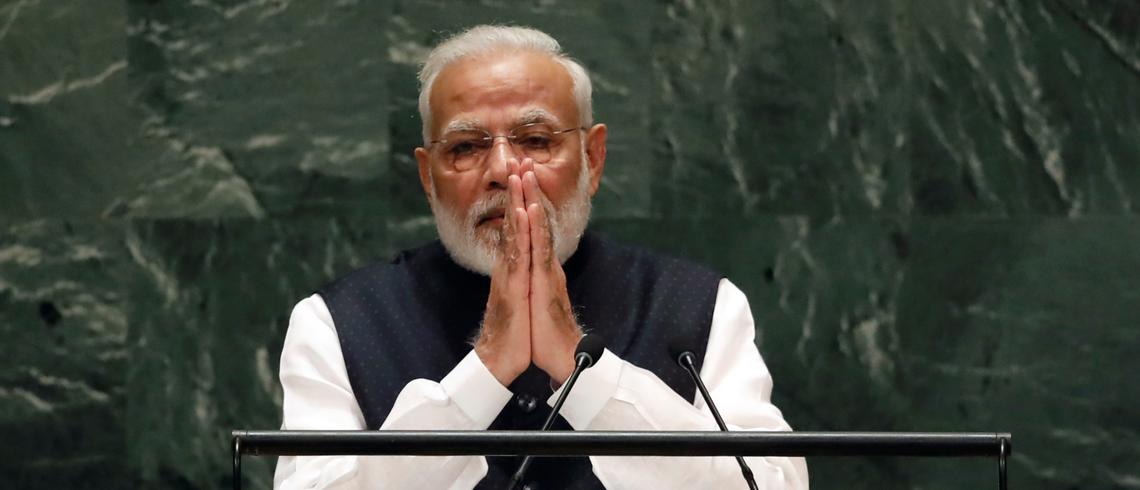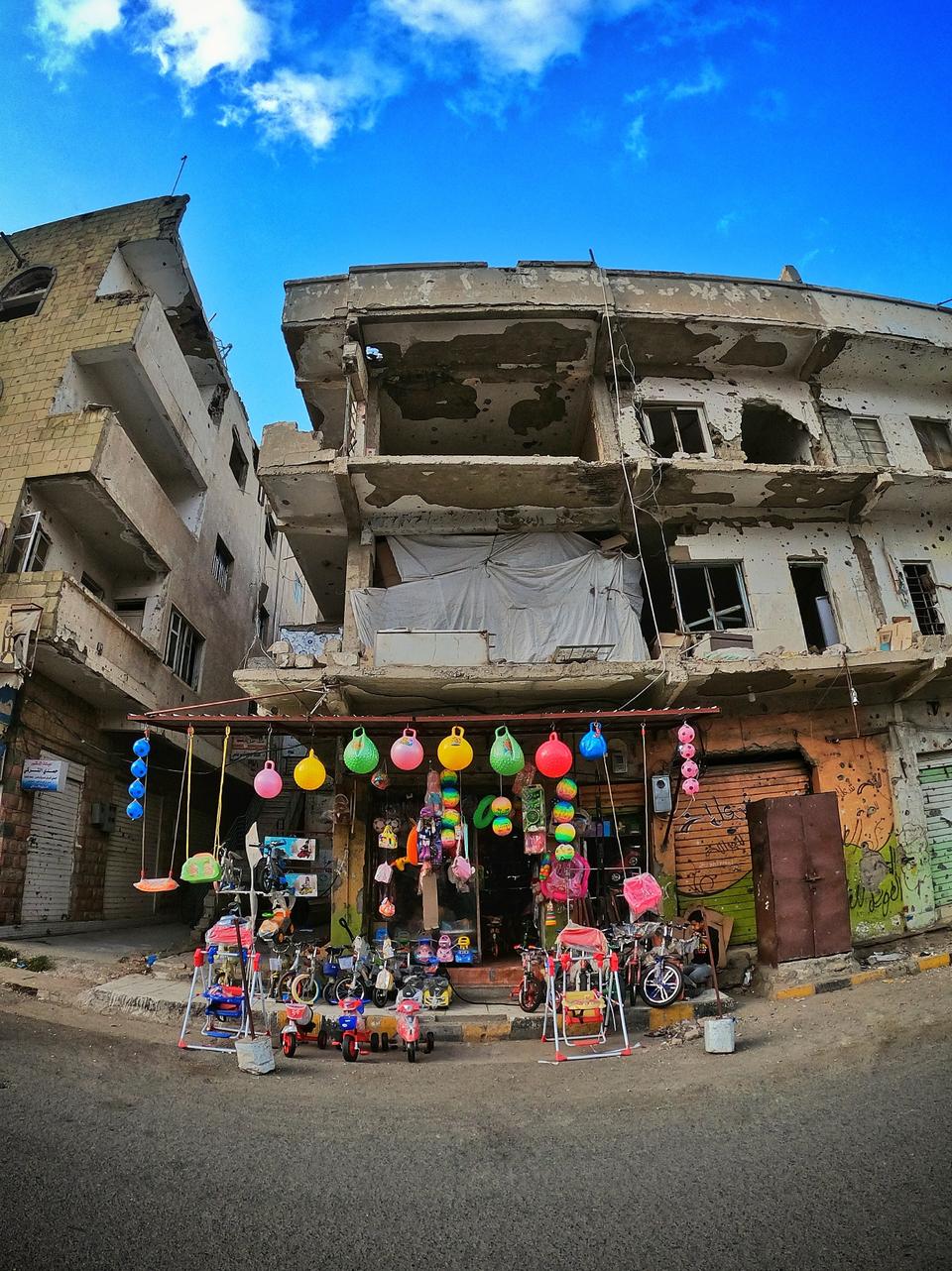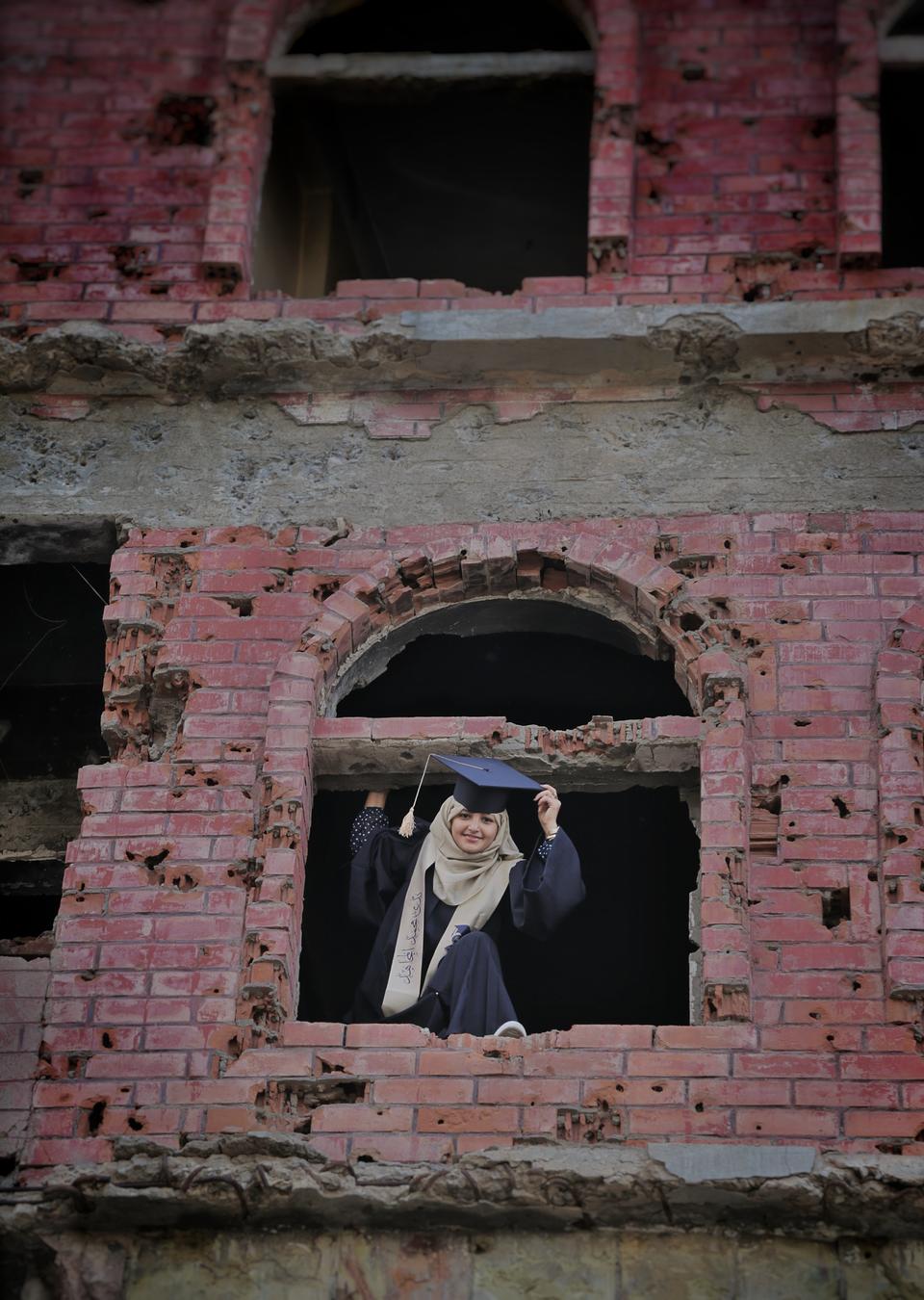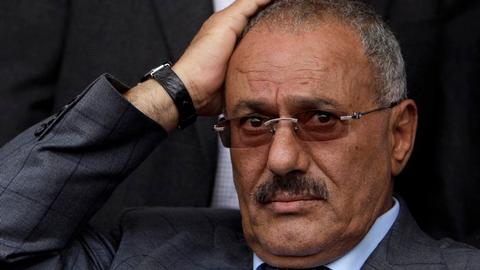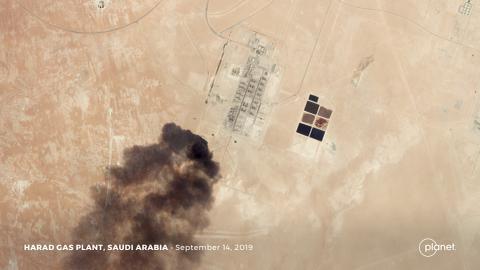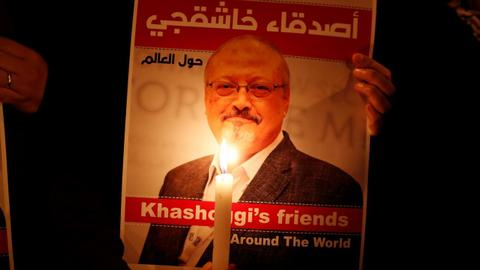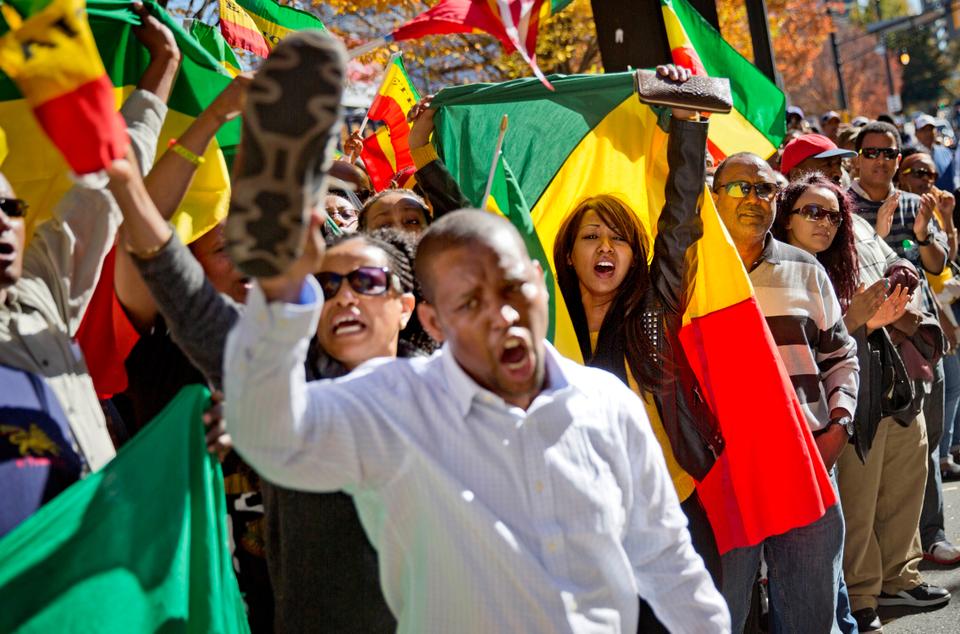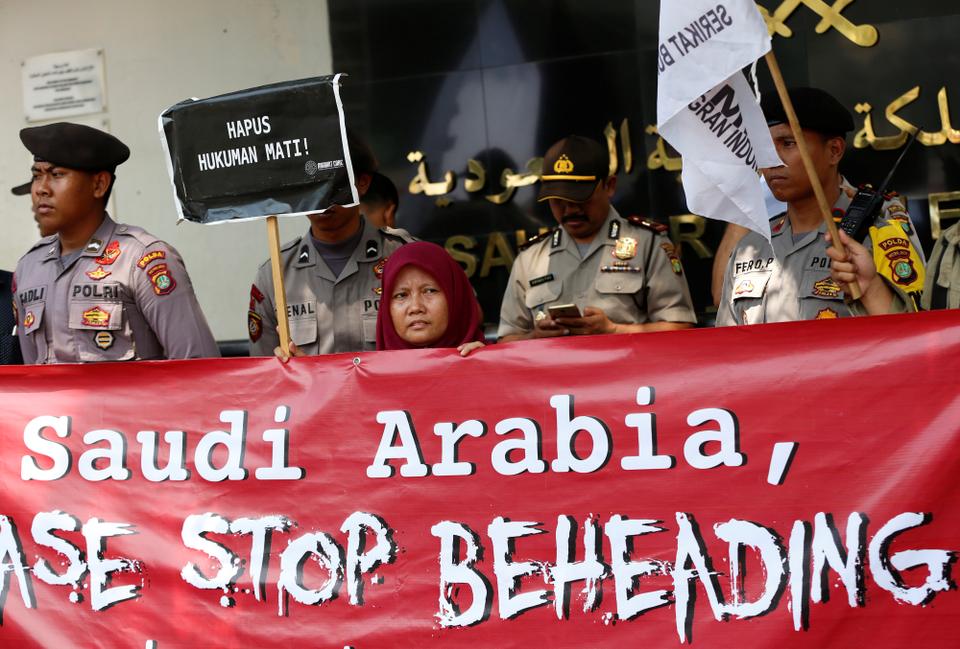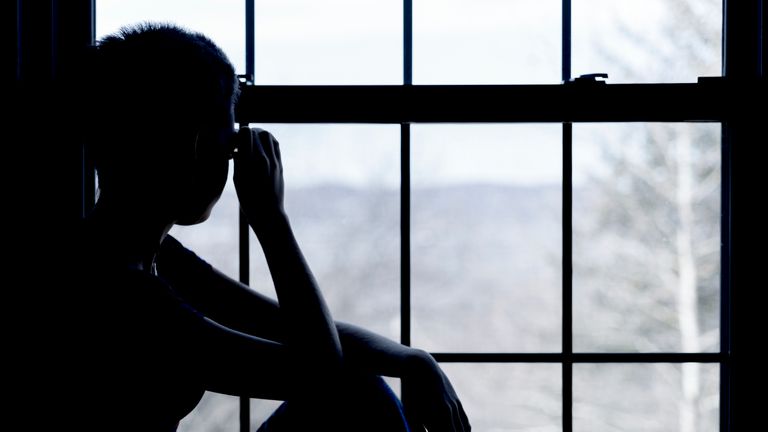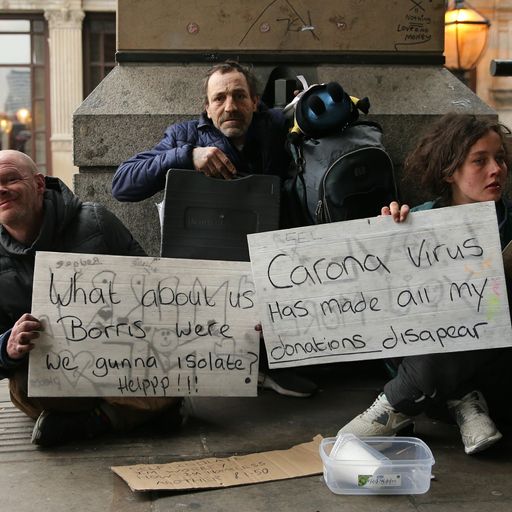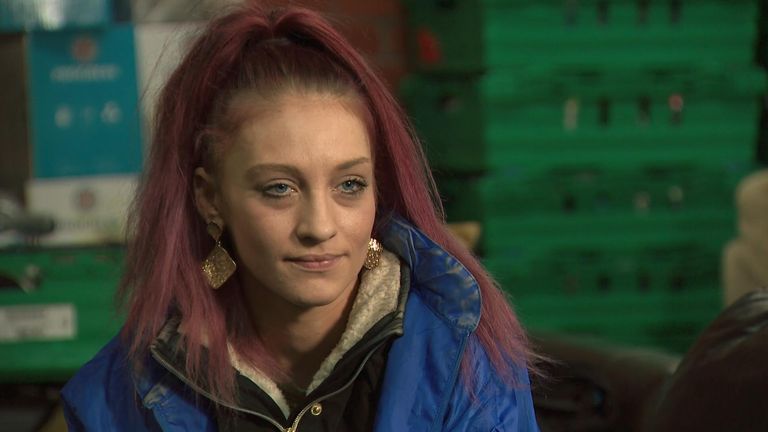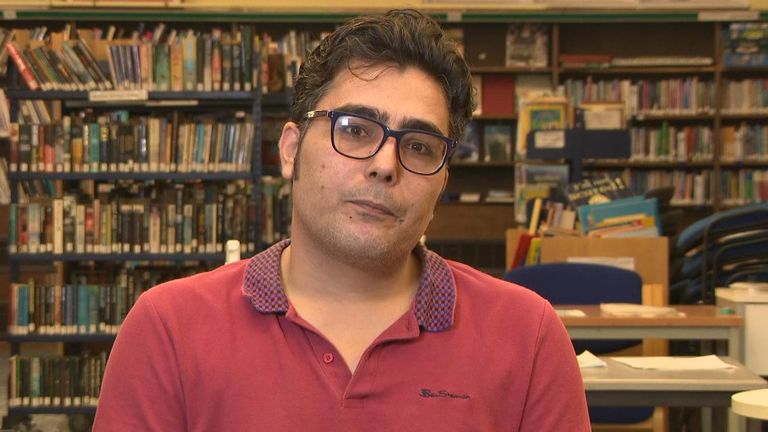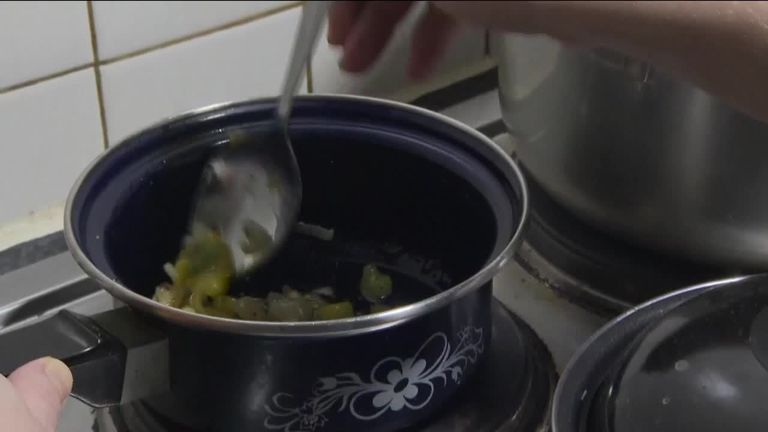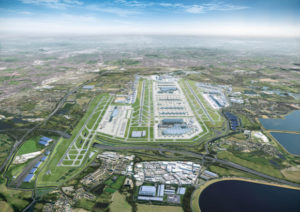Though many countries have made gains, Covid-19 may have hurt overall human development; solutions integrating social, economic, ecological systems is the way forward, UN says
The global financial crises, climate change, inequality, and the Covid-19 pandemic have pushed the planet’s buffering systems to their limits, and comprehensive and collective action is urgently needed, the UN said in its latest annual Human Development Report.
Titled, “The next frontier: Human development and the Anthropocene,” the report argues that the globe has entered a new geologic epoch, the Anthropocene, or the “Age of Humans.” Moving forward, it says, human development must consider the dimensions of agency and values, rooted in an understanding of and relationship with nature and stewardship.
The most striking part of the report this year was the introduction of a new measure of human development, one that is adjusted for each country’s per capita carbon dioxide emissions and per capita materials footprint (the amount of extraction of raw materials like fossil fuels and metals).
“Humans wield more power over the planet than ever before. In the wake of COVID-19, record-breaking temperatures and spiraling inequality, it is time to use that power to redefine what we mean by progress, where our carbon and consumption footprints are no longer hidden,” said UNDP Administrator Achim Steiner in a press release.
Global Inequality, Wealth, and Consumption
The report shows that individuals in wealthiest 1 percent emit 100 times the carbon dioxide as individuals in the poorest 50 percent each year, and that the growth in emissions for the highest income earners is linked to increased consumption and emissions from wealth and investments.
After adjusting the HDI for planetary pressures, only about 15 percent of the countries originally classified as “very high development countries” remained in that classification. Countries like Singapore, Iceland, Australia, and Canada, which ranked in the top twenty in the HDI dropped in ranking by as many as 92 places in the Planetary pressures-adjusted HDI (PHDI).
Meanwhile, countries like Algeria, Peru, Albania, and the Philippines each saw their rank rise by more than 20 places in the PHDI, demonstrating the smaller carbon and material footprint of these countries.
Wealthier individuals are able to benefit from nature, while exporting the costs of its use and damage to the less wealthy, the report shows, which is “choking the opportunities of the people who have less.”
These imbalanced relations have roots in systemic racism, colonialism, and classism, and affect dynamics both within and between countries.
“The actions of an indigenous person in the Amazon, whose stewardship helps protect much of the world’s tropical forest, offsets the equivalent of the carbon emissions of a person in the richest 1 percent of people in the world. Yet indigenous peoples continue to face hardship, persecution and discrimination,” says Steiner in the report.
Rise in Turkey’s HDI value
Turkey recorded an HDI value of .820 in 2019, putting it in the “very high human development” category. Ranked 54 out of 189 countries and territories, Turkey’s HDI value has increased by over 40 percent since the measurements started in 1990.
In this 30-year period, Turkey’s life expectancy at birth increased by 13.4 years, and GNI per capita increased by over 120 percent.
Turkey’s ranking rises by 10 places in the PHDI.
The report also included the Gender Inequality Index (GII), which measures gender-based inequalities based on reproductive health, empowerment, and economic activity. Turkey’s 2019 GII value is .306, putting it at 68 out of 162 countries.
Norway was ranked first with an HDI value of 0.957, followed by Ireland and Switzerland, each with a value of 0.955. Niger, Central African Republic, and Chad ranked the lowest, with index values of 0.394, 0.397, and 0.398, respectively.
The average index value of OECD countries was .900.
The Human Development Index (HDI) was introduced in 1990 to direct understanding and measures of development and progress away from Gross Domestic Product (GDP), to include societal well-being indicators such as life expectancy, access to knowledge and learning, average years of schooling, Gross National Income (GNI).
In later years, the human Development Report Office (HDRO) also added inequality-adjusted HDI, the Multidimensional Poverty Index, and the Gender Inequality and Gender Development indices to provide a more comprehensive picture of human development.
Source: TRT World

